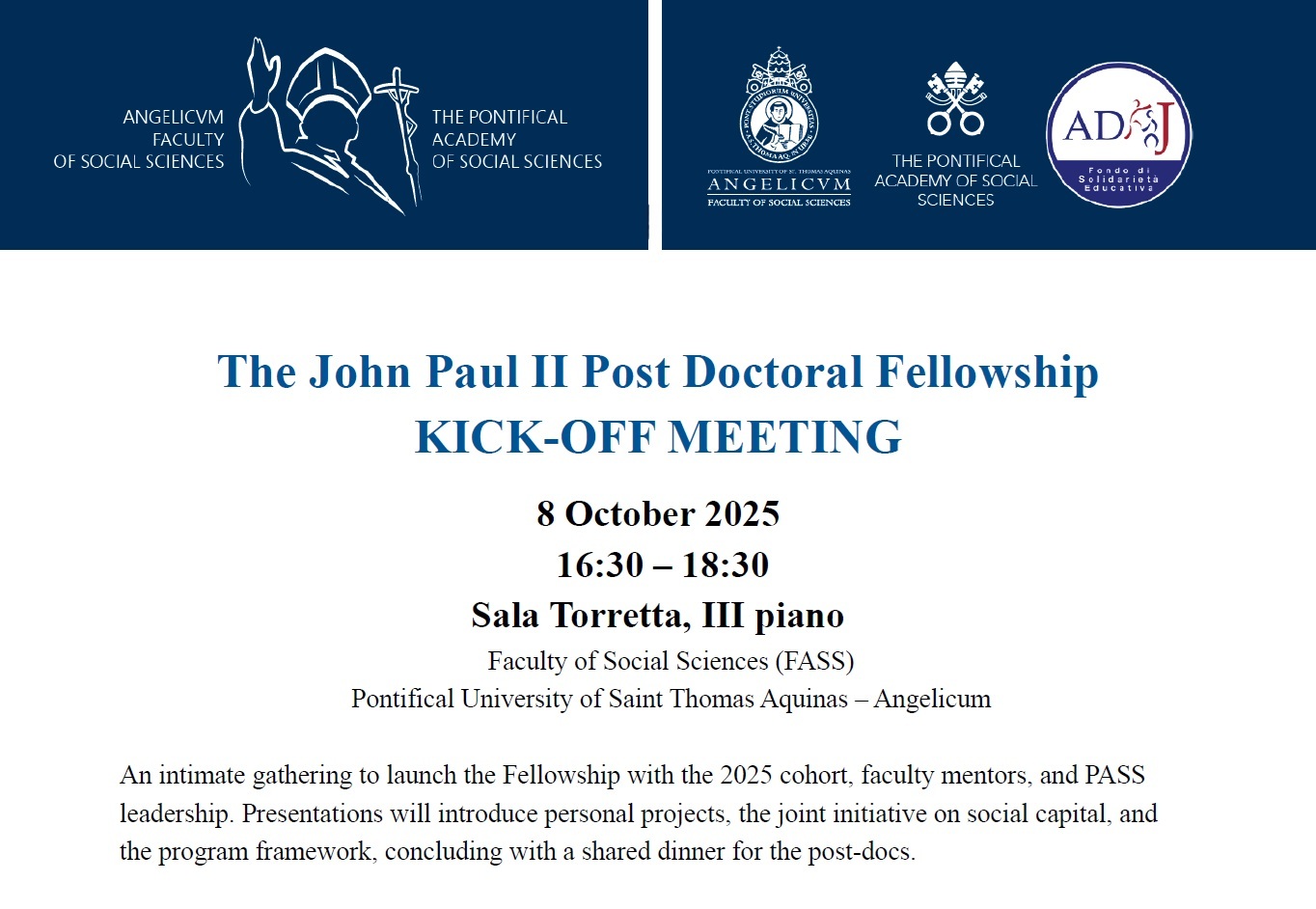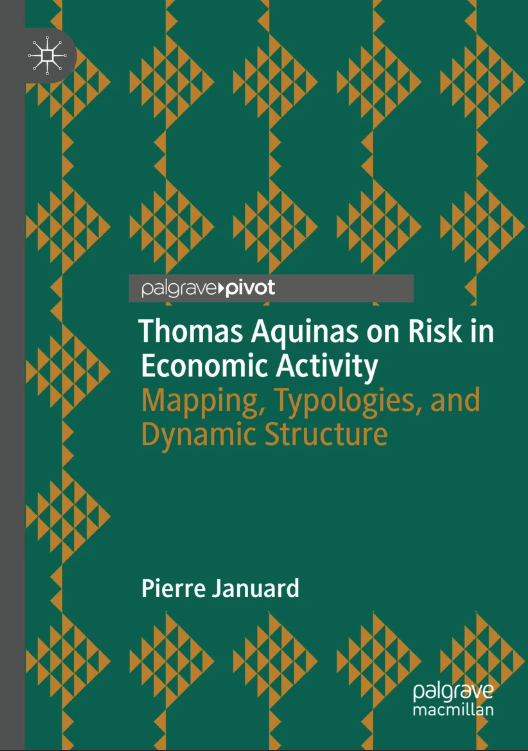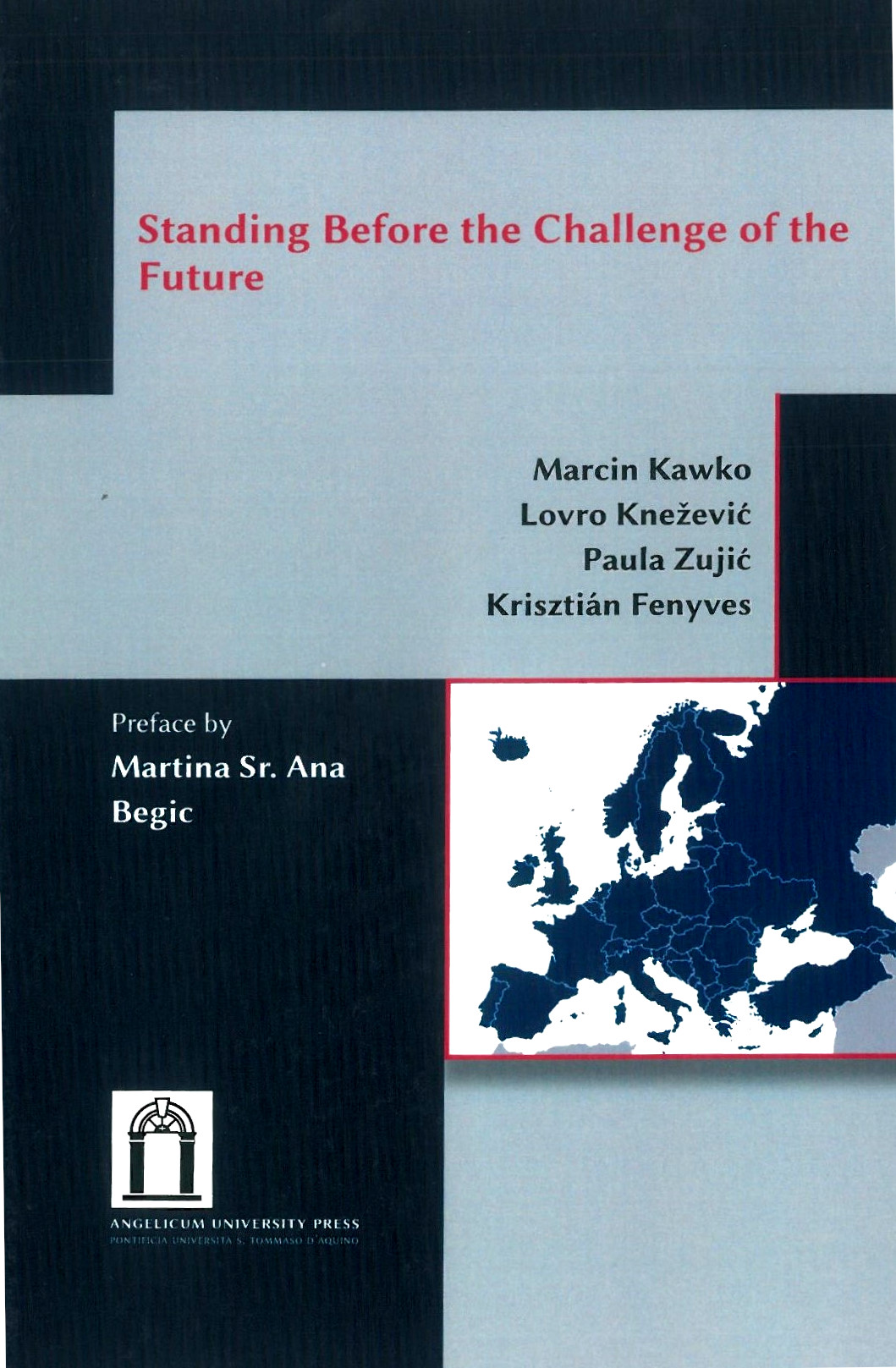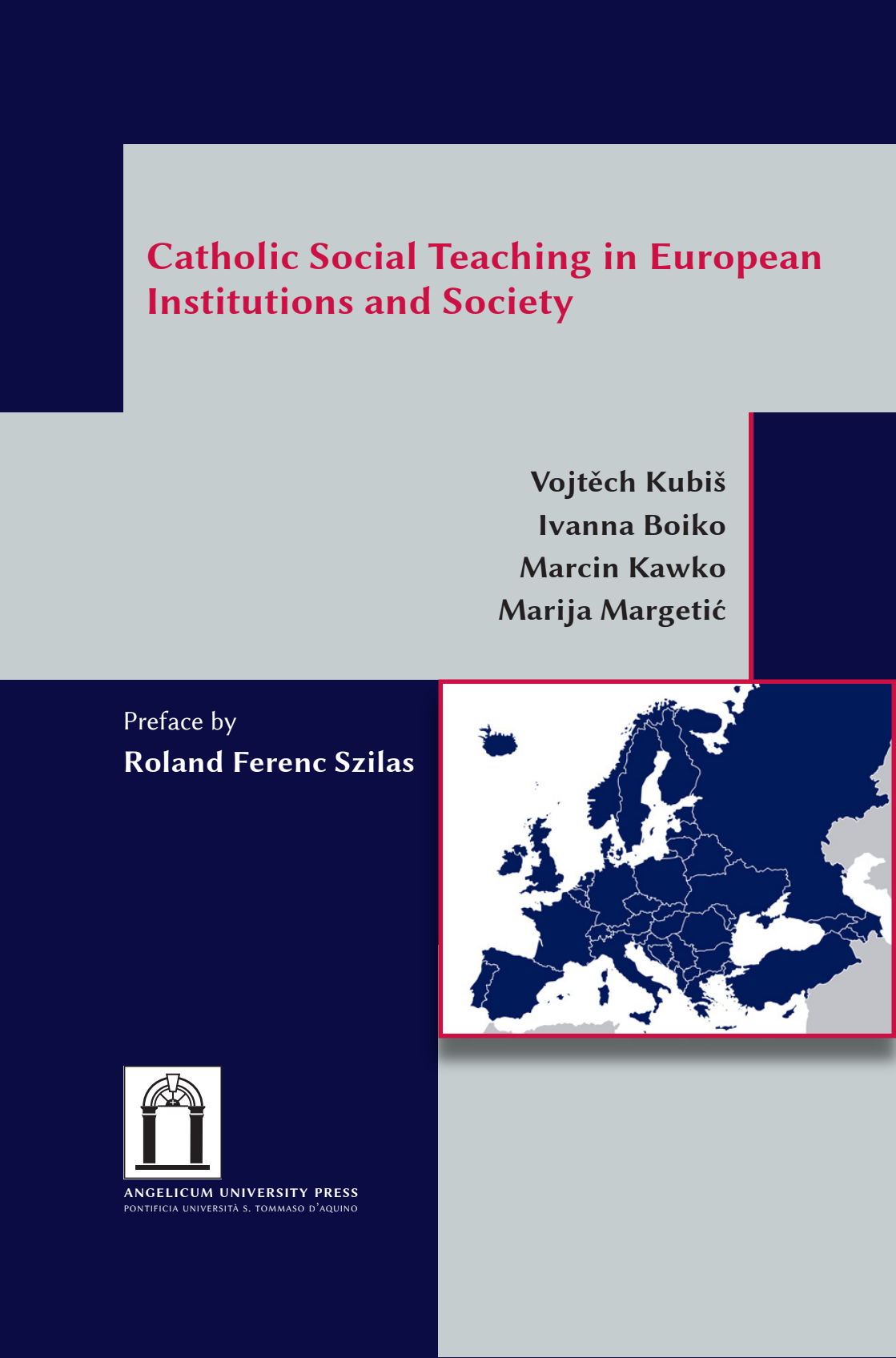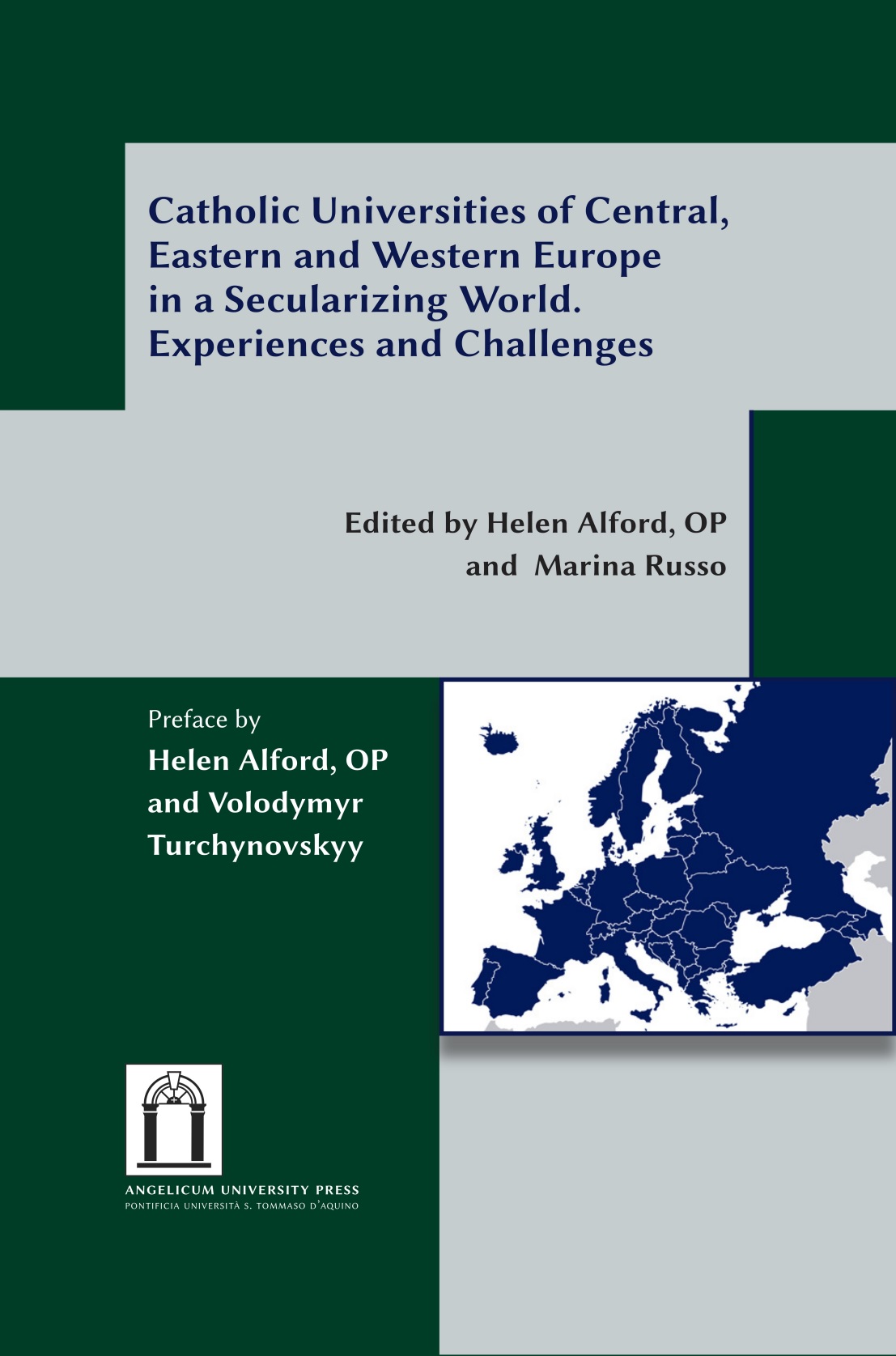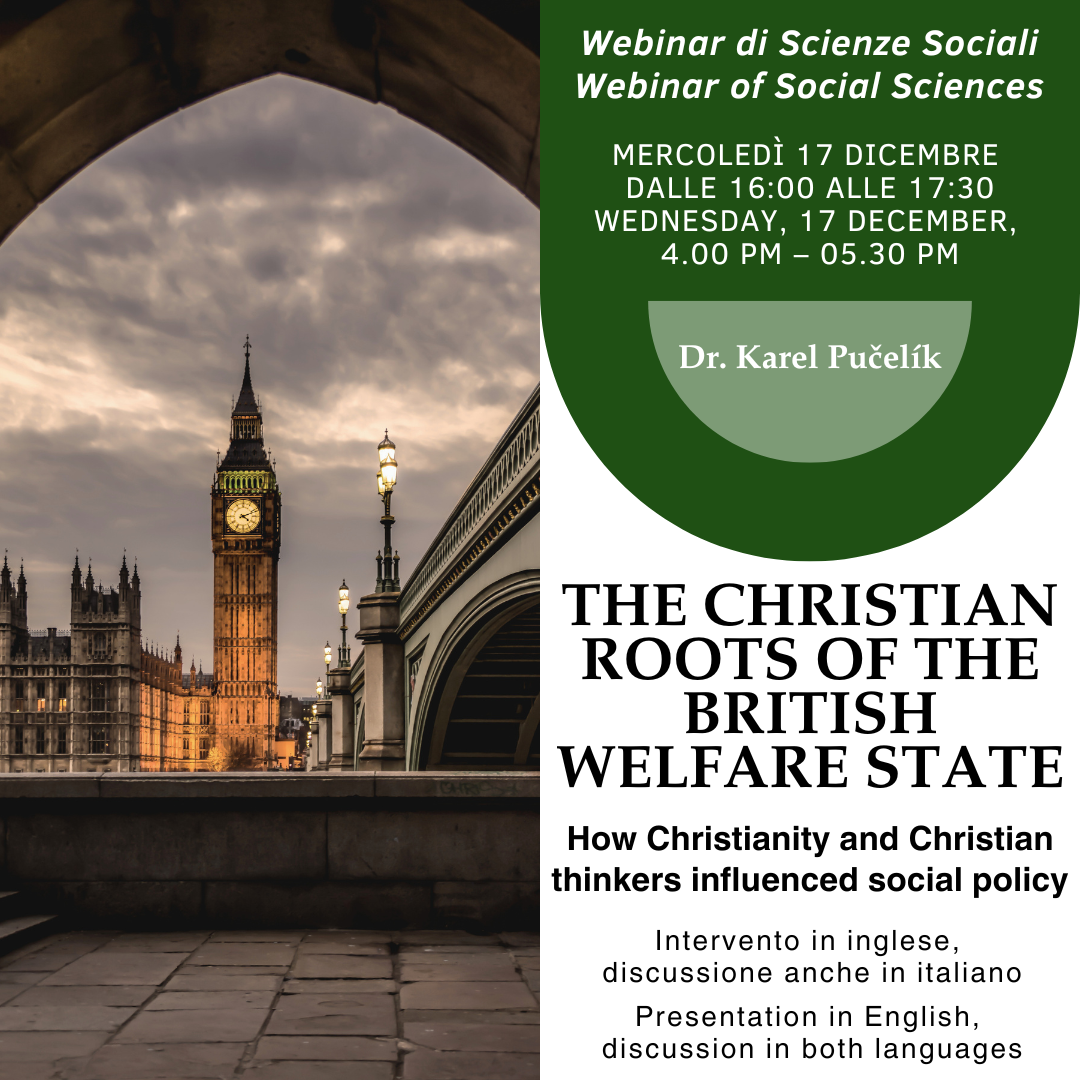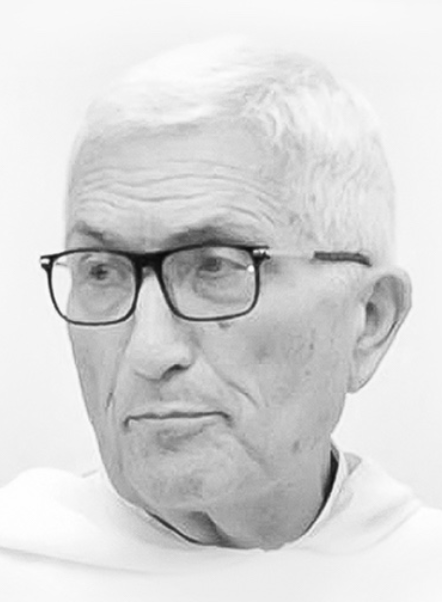 The Polish Concordat with the Holy SeeThe institution of the Concordat has undergone a certain process of evolution during the latter half of the 20th century. During the Vatican II period, the Concordat appeared to have become obsolete as an instrument of mutual institutional relations between the Church and State. But things turned out differently. It was decided to retain the institution of the Concordat, since that form enabled the regulation of the traditional substance of public law, i.e. the Church’s ‘external’ law. As D. Arru noted, ‘Gradually, almost imperceptibly, the institution of the Concordat has undergone evolution and rejuvenation in an attempt to adjust to the new post-Conciliar conditions and to the principles adopted by contemporary democratic and pluralistic states.’
The Polish Concordat with the Holy SeeThe institution of the Concordat has undergone a certain process of evolution during the latter half of the 20th century. During the Vatican II period, the Concordat appeared to have become obsolete as an instrument of mutual institutional relations between the Church and State. But things turned out differently. It was decided to retain the institution of the Concordat, since that form enabled the regulation of the traditional substance of public law, i.e. the Church’s ‘external’ law. As D. Arru noted, ‘Gradually, almost imperceptibly, the institution of the Concordat has undergone evolution and rejuvenation in an attempt to adjust to the new post-Conciliar conditions and to the principles adopted by contemporary democratic and pluralistic states.’
The disintegration of the Soviet bloc opened new space for treaties of the Concordat type. Concordats found a new place for themselves in states undergoing democratisation. Perhaps to some it may seem paradoxical, but in fact it was agreements concluded with the Apostolic See that became one of the signals of the democratisation process in the states of Central and Eastern Europe. Two basic elements — one of a more symbolic and the other of a legal nature — have contributed to the revitalisation of the Apostolic See’s agreements with the states of Central and Eastern Europe. The first was a return to an interrupted tradition. In the initial stage of transformation, the element of returning to the past and reviving tradition was extremely important. It made it possible to restore the symbols and signs of the times predating the communist period, when those countries had been able to independently and autonomously conclude agreements.
The second reason for the revival of agreements with the Holy See was the need redefine Church-State relations in a manner that differed from the situation to date. That need pertained not only to the content but also to the form in which the new regulation was to be introduced. An international agreement was seen as the best way to fulfil those expectations. With regards to the Polish Concordat, its signatory, Foreign Minister K. Skubiszewski, was very categorical when he stated that a simple legal act (law passed by the state’s authority) was insufficient to regulate ‘the substance of the Concordat’. ‘By means of laws one asserts the domination of the state. On the other hand, an international agreement such as a Concordat stabilises the law and safeguards it against opportunistic changes.’ He also strongly emphasised that ‘today no legislative sovereignty exists separately from higher law. Proclaiming the state’s omnipotence also in the legislative sphere may dangerously lead astray. (…) The state is subject to international law. That law is of higher force than legislative acts.’
Amongst the agreements signed with the Apostolic See round the 1989/1990 turning point, the Polish Concordat played a particular role. To start with, it was the first such agreement concluded in this part of Europe after 1990. Conclusion of the Concordat formed a part of the general trend of Polish foreign policy in that period, which include entering into new agreements with individual states. That was particularly the case with regards to the neighbouring states that had re-emerged following the collapse of previous structures, i.e. Czechoslovakia and the Soviet Union, as well as the re-unification of Germany. The need to regulate relations with the Apostolic See reflected that new contractual spirit. The prospect of reverting to the pre-World War Two Concordat was rejected, since it was regarded as not in step with contemporary post-Conciliar realities. Already in 1991, the will to conclude a new Concordat was expressed by Foreign Minister K. Skubiszewski in the position paper he presented to parliament. He stated at that time that ‘the government seeks to conclude a convention regulating overall relations between the Republic of Poland and the Apostolic See.’ But 1991 was a parliamentary election year, and successive cabinets emerged and fell. Under the circumstances, work on the Concordat could not be resumed in earnest until 1993. But initial preparations had already been under way since 1989, so the alleged haste of which the Concordat would be frequently accused was not really an issue. The text of the Concordat was prepared entirely by the Polish Ministry of Foreign Affairs, and work on that text proceeded.
In terms of its content, can that Concordat be regarded as a model? In all certainty it can. The role of the Polish concordat had after all been strongly emphasised by the Holy Father.
When being presented with diplomatic credentials by the Ambassador of the Republic of Poland on 3rd December 2001, he stated that ‘the signing of the Concordat in 1993 and its subsequent ratification had enabled the Church to become actively involved in efforts for the national good. Contrary to the views of sceptics, it turned out that it not only improved cooperation between the Church and state organs for the common good and for the expansion of freedom of individuals and communities, but also became an ecumenical tool in relation to other Churches and denominations in Poland.’ The Concordat created a basis for normalisation that transcended the narrow relations between the Catholic Church and the State alone.
The signing of that Concordat required a breakdown of stereotypes. As the subsequent campaign surrounding its ratification showed, it required dismantling the barriers of prejudice towards the pastoral and social role of the Church in a predominantly Catholic society. The debate over the concordat, particularly over the differences between canonical and secular institutions, also required the breakdown of common opinions stemming from the previous period’s ideological propaganda. That became abundantly clear during the debate on the regulations of the ‘concordat marriage’. That occasionally or rather most frequently aggressive discussion required consistent clarification of the differences between the civil and secular order as well of the role of the Apostolic See as a subject of international law. In a society where so much had been said about the separation of Church and State and the separation of the substance of both those entities, the discussion on the Concordat revealed how little that area was understood. How frequent had been the attempts to impose a typically secular institution (such as divorce) upon the religious realm which had to lead to misunderstanding. That consequently led to a failure to comprehend the totality of Concordat solutions pertaining to the contracting of marriage.
With regards to the Polish Concordat, the name itself was important. It played an important role as a symbol of change as well as reversion to an interrupted tradition. From a legal standpoint, use of the term convention, which on occasion had been suggested, was possible. But the ultimate choice of the term Concordat firmly entrenched Poland in the tradition of a Concordat state and highlighted the difference distinguishing this concrete agreement from every other international convention.
The Polish Concordat contains substance constituting the essence of the overall agreement with the Apostolic See. On the one hand, it regulates issues pertaining to mutual relations between two international entities, the State and the Apostolic See, on the other — issues pertaining to relations between Church and state, religion and marriage, in other words classic Concordat substance.
The concordat was signed in July 1993. The signing took place in a specific political period ahead of a parliamentary election set for September of that year. The concordat therefore became the target of aggressive attacks by the left during the election campaign. In September, the left won the election and formed a government. As a result, the Concordat’s ratification process was blocked. But the main arguments against the Concordat were of the populist variety. Accusations that a religious state was emerging got bandied about.
The discussion on the Concordat’s ratification coincide with the debate on the constitution. In my view, those two discussions complemented each other. The provisions of the signed but still unratified Concordat undoubtedly influenced constitutional thinking with regards to regulating mutual relations between the State and Church. One of the key elements of that discussion was to define and determine new principles of mutual Church-State relations. The crux of the matter was the principle of separation of Church and State — a banner issue binding for 40 years of the previous system. That principle had not actually constituted a model separation of the ecclesiastical and secular realms but rather had served as the basis for the state’s policy of domination over the Church.
On the strength of that principle, the state had exercised a widely developed system of control of the Church also in the sphere in which in accordance with the principle of separation should have bee free of state interference.
For that reason, the very term ‘separation’ played such a key role in the discussion of both the Concordat and the future Constitution. The new agreement required a different word, a different way of defining mutual Church-State relations.
The Vatican II Pastoral Constitution on the Church in the contemporary world, Gaudium et spes, was invoked. Whilst not opting for one form of a Concordat-type agreement over another, the Second Vatican Council did articulate the basic principle on which relations between the Church and State should be built. It stated that ‘the political community and the Church are, each in their own area, independent and autonomous. However, both the political community and the Church serve the personal and social vocation of the same people, albeit on different accounts. They will be able to more effectively perform such service for the good of all the more they conduct healthy cooperation between themselves, also taking into account the circumstances of time and place.’1.
That principle broke with the negative connotations of the previous system and was incorporated in the Concordat. Article 1 of the Polish Concordat states that ‘the Republic of Poland and the Apostolic See affirm that the State and the Catholic Church are — each in their own area — independent and autonomous and pledge to fully respect that principle in their mutual relations and in their cooperation for human development and the common good.’2 The text of that article was to exert considerable influence on the appropriate provision of the Constitution adopted four years later. But the Concordat still remained unratified when the Constitution was promulgated. Adopted by means of a referendum in 1997, it contained a similarly worded provision stating that ‘relations between the State on the one hand and the Church as well as other denominational communities are shaped on the basis of the principles of respect for their autonomy and their mutual independence of each in their own area as well as cooperation for the good if man and the common good.’3 That in turn created a favourable basis for ratification of the Concordat which occurred in 1998 r. All the more so because Article 25, passage 4 of the Constitution clearly stated that relations between the Republic of Poland and the Roman Catholic Church were to be determined by means of an international agreement concluded with the Apostolic See as well as through legislation.
Without expanding ecclesiastical privileges, the Concordat made it possible to build those relations upon a new chief principle acknowledging the autonomy and independence of each entity in its own realm whilst introducing the simultaneous obligation to cooperate for the good of the individual, the subject of both communities.
That construct obviously evoked criticism on the part of the Concordat’s opponents who maintained it was impermissible to place the state and Church on the same plane. Advocates of that approach regarded the Church as one of many social organisations which cannot be autonomous within the framework of a sovereign state. But it was precisely the form of an international treaty that created opportunities for accepting such a construct. It was the Holy See, as a particular subject, that was concluding an international treaty which in a special way also affected internal affairs. In concluding an international agreement, the Apostolic See acts as a party thereto on its own account, but it also determines the rights and obligations arising out of such a treaty for the local Church. That was emphasised by J.T. Martin de Agar who stated: the apostolic See is the subject of law within international procedures. But it also functions as the Church’s supreme authority for the community of faithful who simultaneously are citizens of different states. Hence the rights and duties set forth in the treaty signed by the Apostolic See do not apply solely to it but to the faithful and ecclesiastical institutions in general. One may therefore speak indirectly of treaties between the Church and states4.
That new principle was of particular significance in the passage proclaiming both communities’ duty to cooperate. However, in some sense the principle of cooperation may create the impression that each side’s declared independence in their particular areas is being overstepped. But it is the concept of human rights, specifically their core value of dignity of the human person, that constitutes the foundation on which such clearly defined independence is breached. Cooperation between the two entities is necessitated precisely by the basic principles of human rights. It is precisely for the good of the individual that those two spheres of activity, the State and Church, can and should meet in a situation where the human individual is a subject of both those communities. That is indispensable for the integral development of the human individual.
Here we come to such exceptionally sensitive areas of Concordat substance as religious instruction in schools, pastoral ministry in the armed forces and penal institutions, the financing of Church educational institution or the particularly important institution of marriage and the appointment of bishops.
It should be stated that all those areas had been strongly constrained by the doctrinaire thinking of the preceding epoch, hence the difficulty of effecting their basic revaluation. It was for that reason that all the proposals of Concordat regulations of those areas met with such a great lack of public understanding and raised the spectre of a confessional state in the making. However a thoughtful analysis of the Concordat’s provisions and their legal and practical consequences, free of emotions and ill-will, made it possible to dispel all doubts. Those provisions were to restore the equilibrium that had been violated and to guarantee the rights of which believers had been deprived by the previous system. In regulating all those matters it was essential to take into account the principle of tolerance which has been explicitly mentioned in the Polish Concordat. The idea of tolerance, even when not openly and directly referred to in a treaty with the Apostolic See, constitutes a key pillar of the construct of contemporary Concordats and simultaneously a pillar for the normalisation of relations between the State and Church. It was precisely that principle that prompted the Holy Father to regard the Polish Concordat as creating a basis for agreements with other denominations. It may be stated that adherence to the principle of tolerance, when drafting new treaties with the Apostolic See, totally contradicts the essence of pre-Vatican II Concordats and gives the Concordat formula such wide application in modern conditions. Ratification of the Concordat opened the way to the enactment of a number of laws affecting the situation of other Churches in Poland. It extended to them guarantees of religious practice patterned on the Concordat Treaty.
Owing to the specific substance embodied by treaties with the Apostolic See, including the above-mentioned religious instruction, financing of Catholic schools and marriage which are subject to internal law, in discussions of the Concordat one could encounter criticism of its excessively deep intervention in said internal law. Such views were based on the concept of dual sources of law. That concept had all but been abandoned in view of the development of contemporary treaty law, the dynamic development of conventions of international organisations and above all in view of the regional and universal concept of human rights. International human-rights conventions also affect numerous areas of a state’s internal realm (e.g. detailed regulations pertaining to penal procedures and law, including the convention banning the death penalty). In contemporary conditions, there dominates a monistic concept of legal sources assuming that international law becomes a part of internal law. This is the concept of incorporating international law into domestic law which differs from the concept of transforming an international treaty via legislation into domestic law.
Undoubtedly, among the sensitive issues was the appointment of bishops. In that regard, the Concordat creates a clear construct. Its basic premise is that the nomination and recall of a bishop is the internal affair of the ecclesiastical authority and that right appertains solely to the Apostolic See. The appointment of a diocesan bishop does not require the previous consent or even opinion of the state authorities. Since that right is taken advantage of in a concrete state (i.e. in the place the authority of another subject is exercised), before a nomination is officially announced, the appointee’s name is confidentially submitted to the government. The concept behind that construct is obvious. It is meant to allow the government to express its disapproval of a candidature in specific situations.
The relevance of the Concordat in light of the Polish Constitution’s binding provisions Article 25 of the Constitution of the Republic of Poland plays a key role in defining the model of the State’s relations with the Church. Its internal structure reflects the clear and logical foundation on which relations between the State and the Catholic Chruch as well as between the State and other Churches and religious groups are based. It also signifies the relevance of the Concordat regulations.
Point 1 of Article 25 states that ‘Churches and other religious groups enjoy equal rights.’ The principle of equality of Churches, fundamental to a pluralistic society and characteristic of democratic secular states, has thus been explicitly stated. A constitutional regulation to that effect rules out the advantage of any one church. It does not accord a privileged position to any of them and therefore rules out the creation of a confessional state. In light of the hierarchical principle of legal norms, that Constitutional provision of key relevance to interpreting Concordat regulations.
The model of a secular state, which has been accepted as a result of Constitutional and Concordat solutions, needs to be constantly defined, nearly on a daily basis. And that defining, as I wish to emphasise, must occur in many different places, lest the secular state, which is a positive value, turn into a militantly secularist one. In actuality, secularism is a positive value. On that subject John Paul II said that principle ‘in itself is right, if conceived as the differentiation between the political community and religions (Gaudium et spes, 76). (…) In a pluralistic society, secularism enables nations to come into contact with various religious traditions.’5 Such foundations have been created by the Polish Concordat.
in many different places, lest the secular state, which is a positive value, turn into a militantly secularist one. In actuality, secularism is a positive value. On that subject John Paul II said that principle ‘in itself is right, if conceived as the differentiation between the political community and religions (Gaudium et spes, 76). (…) In a pluralistic society, secularism enables nations to come into contact with various religious traditions.’5 Such foundations have been created by the Polish Concordat.
NOTE:
1 GS 76, in: Vatican Council II, Pallotinum – Poznan 2002, p. 592
2 J.T.Martin de Agar, Raccolta di Concordati 1950-1999, Libreria Editrice Vaticana, 2000, p. 683,
3 cf. art. 25, passage of the 1997 Constitution of the Republic of Poland. That passage of the Constitution applies not only to the Catholic Church but to other churches as well, extending the principle of respect for autonomy and independence contained in the Concordat…..
4 J.T.Martin de Agar, Raccolta, op. cit., s. 24-25
5 The Holy Father meets the diplomatic corps; Concern for a better future for the human family. l’Osservatore Romano, Polish edition, 2004 No.3,ps. 24.
 IT
IT  EN
EN 
